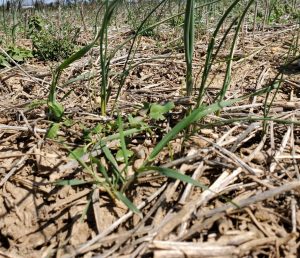There is no argument that tractors have forever changed agriculture. The use of tractors has long replaced the presence of draft horses on almost every farm in America. It is estimated that cultivation of land with a modern tractor allows 64 acres to be plowed in the time it took to cultivate one acre with a draft horse. The use of tractors also comes with a dark side. As long as farmers have been using tractors they have been injured and killed by them. The Bureau of Labor Statistics reports 274 transportation related deaths, which includes tractor deaths in 2018. In any given year half of all tractor fatalities are from overturns, almost another one-fourth are from runovers. Many have a tradition of allowing extra passengers to ride on tractors. Sometimes trying to transport a worker from one task to the next or possibly saving them from walking back to the barn. Some even allow children to come along for a ride – a very dangerous practice. Whether it be on the tongue, side steps, fender or extra passenger in the cab, remember these places are not designed for riders. As we enter one of the busiest seasons in agriculture remember one of the most important safety rules NO SEAT, NO RIDER!
- Riders that fall off are immediately in danger of being run over by a tractor wheel
- On rough or uneven ground, riders are first to bounce off (especially children)
- Riders distract the driver and can bump controls
- Rollover Protective Structures are designed to protect drivers, not riders
Do not ever think “it won’t happen to me.” Every farmer can tell a story of an incident that happened to someone they know in the farm community that involves a tractor. Make sure everyone makes it through the harvest – NO SEAT, NO RIDER!
Posted on behalf of Bill Bamka, Agricultural Agent, RCE-Burlington County.


